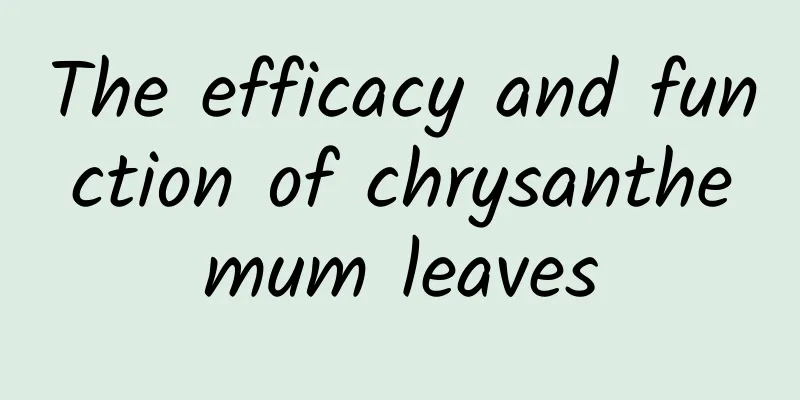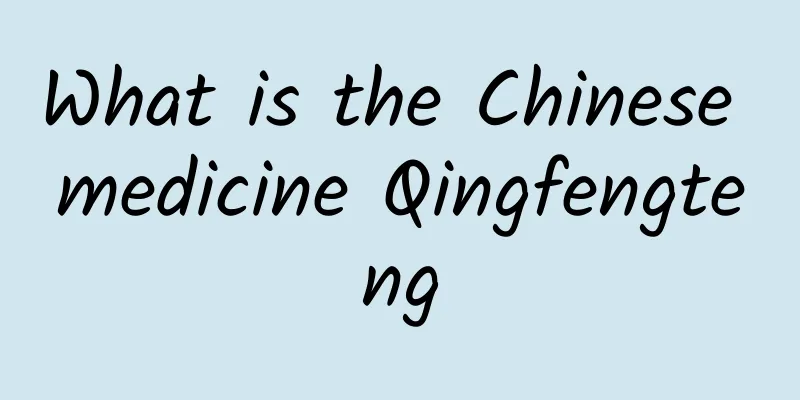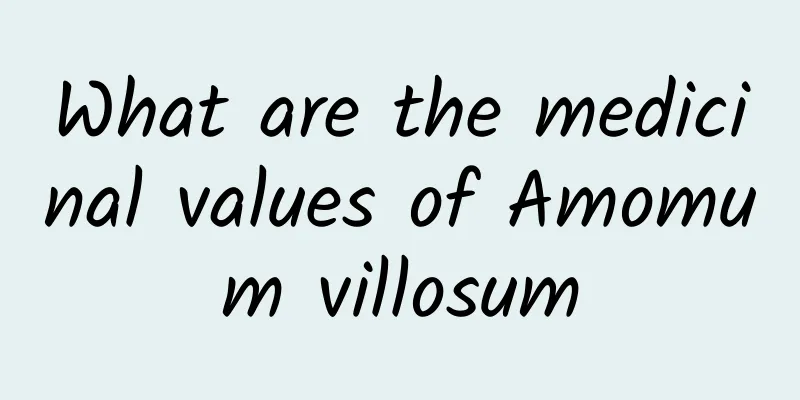The efficacy and function of chrysanthemum leaves

|
After thousands of years of sedimentation and accumulation, the types and quantities of Chinese medicine have become quite astonishing. Therefore, choosing Chinese medicine to treat some difficult and complicated diseases always has a very good effect. Next, I would like to recommend a Chinese medicine, swollen-petaled chrysanthemum leaves. [Source] Medicinal material source: The leaves of the plant Tuberose chrysanthemum of the Asteraceae family. [Original morphology] Tithonia is an annual herb, 2-5m tall. The stem is stout, branched, and densely pubescent. Leaves are alternate; with long petioles; leaf blades are ovate, ovate-triangular or nearly round, 7-20cm long, 3-5 deeply lobed, upper leaves are sometimes undivided, lobes are ovate or lanceolate, margins are finely serrated, pubescent below, and three-veined at the base. The inflorescence is large, 5-15cm wide, and terminal on the long stalks of the pseudoaxis branches; there are 4 layers of bracts, the outer bracts are elliptic or elliptic-lanceolate, with a hard, leathery base; the inner bracts are long lanceolate, the upper leaves are herbaceous or membranous, and the apex is obtuse; there is 1 layer of ligulate flowers, yellow, the ligules are long ovate, and there are 3 inconspicuous teeth at the apex; the tubular flowers are yellow. Achenes are oblong, about 4mm long, and pubescent. [Habitat distribution] Ecological environment: Grown on roadsides, often cultivated as hedges. [Chemical composition] The flowers and leaves contain volatile oils, the main components of which are α-pinene, (Z)-β-ocimene, limonene, p-mentha-1,5-dien-8-ol, etc. A large amount of sesquiterpene lactones, tagitinin A, C, hispidulin, tagitinin sesquiterpene lactones and 6-acetyl-2,2-dimethyl-7-hydroxychromene were also isolated from the leaves and aerial parts. 【Nature and flavor】 Bitter; Cool 【Functions and indications】 Clears away heat and detoxifies. Mainly used for acute gastroenteritis; sores, ulcers and swelling [Usage and Dosage] For oral use: decocted in water, 6-9g. For external use: take appropriate amount and mash it for application. 【Excerpt】 Chinese Materia Medica The article introduces the effects and functions of Scutellaria leaves in detail. We hope that everyone can remember its common effects, which will help us to use Scutellaria leaves correctly in our lives. The leaves of Scutellaria baicalensis can effectively improve our physical fitness and are very beneficial to improving our body's immunity. |
<<: The efficacy and function of Chinese Saijue bed
>>: The efficacy and function of blue onion
Recommend
The efficacy and function of the traditional Chinese medicine Curculigo
We may be unfamiliar with Curculigo. Is Curculigo...
How many degrees did Nezha need to melt the goddess Shiji? Scientific interpretation: At least this number!
Recently, the movie "Nezha: The Devil Boy Co...
How to break the nightmare of stagnation in particle physics?
Unless the Large Hadron Collider in Europe delive...
Young people are popular with "grape juice". Is fruit and vegetable juice really low in calories and nutritious? This article explains how to drink it more healthily!
With the improvement of health awareness, weight ...
Long picture | The observation point is Lenghu
Qinghai, Lenghu, Saishiteng Mountain, the highest...
Danger! This habit after waking up will increase the risk of Alzheimer's disease by 4 times!
Alzheimer's disease, commonly known as senile...
Can eating onions, fungus, and drinking vinegar "soften blood vessels"? These cognitive misunderstandings need to be understood
We often hear people say that eating certain food...
Can children eat hay flakes?
Licorice tablets are a type of medicine that can ...
Effects and functions of real estate
The Chinese medicine realgar is already very fami...
The efficacy and function of Tree Savior
Traditional Chinese medicine often has unexpected...
This mysterious "scar" is something everyone has, and it holds some secrets
When you were a kid, you must have heard these &q...
The efficacy and function of ox tongue
Traditional Chinese medicine is very effective in...
Effects of Aconite, Dry Ginger and Licorice Decoction
Aconite, dried ginger and licorice soup has the e...
Real or Fake Monkey King? Sorry, I am actually a little orchid~
Auditing expert: Yang Yanhui, Senior Garden Engin...









